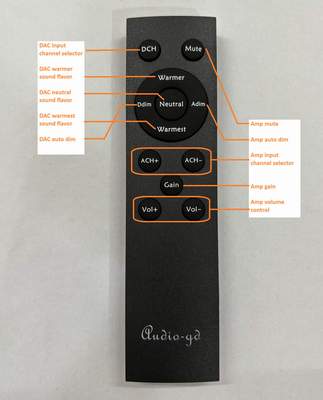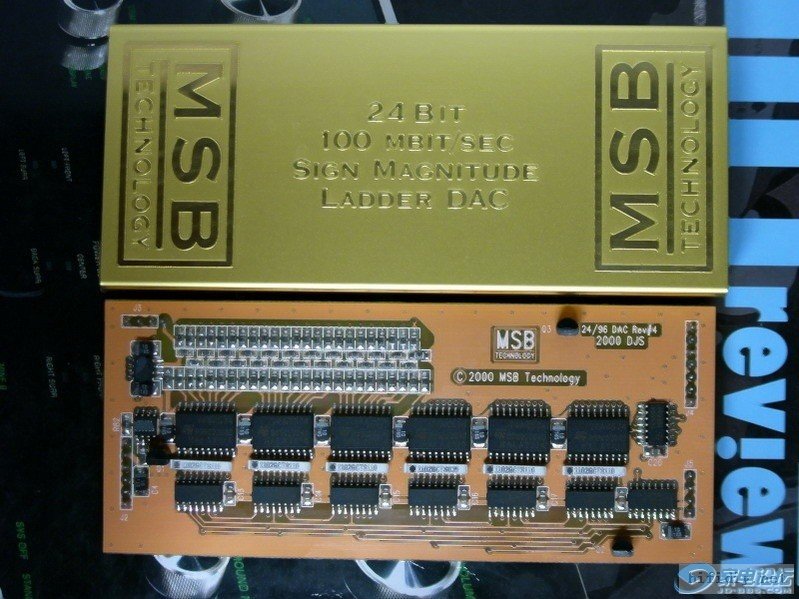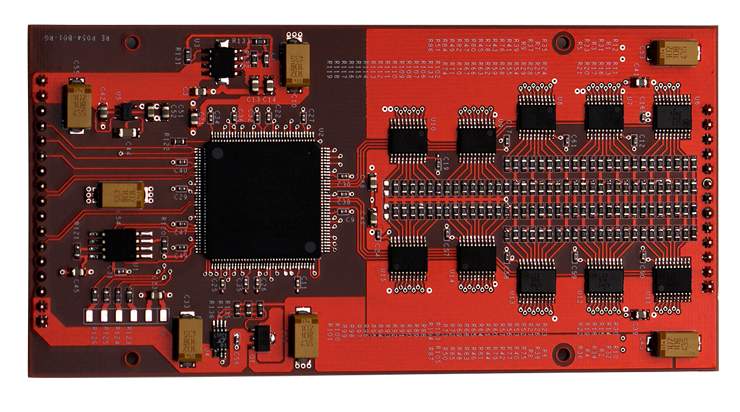|
Price: (
Exclude shipping cost .Please send your address, name to
audio-gd@vip.163.com
get the quote.
)
R-29 : USD549
Black and silver two chassis versions available,
customer must inform while place the order ,otherwise we ship the
edition randomly.
Include combo remote controller.
It need two AAA batteries support by users .

If want to connect the USB to
Windows ,Click to download the
driver of
Amanero
combo 384
The different
to R-28 MK3 :
R-28 MK3 is the fully
balanced discrete transistors headamp / preamp and R-2R DAC
all in one model.
R-29 is the fully discrete transistors
headamp / preamp and R-2R DAC all in one model.
R-29 feature:
1, Fully balance discrete transistors headamp / preampamps and DAC all in one model, the headamp
max output power achieve 3800 mW ,no matter to drive most headphones .
2, The unit has two gain modes, the 12DB on low gain for drive
the headphone which has over 95DB sensitivity, and 22DB on high
gain cooperate with the strong power ability, enough to drive the HE6 which has around 85DB
sensitivity headphones. If customer want to boost 6-12DB gain, in
total 28-34DB gain.
3, Built in 5 ground linear PSUs
and two ground pure class A PSUs
4, Built in 2 group fully discrete real DSD native decoders ,
and 4 group fully
discrete R-2R PCM decoders and 32bit / PCM384K /DSD512 asynchronous
transfer Amanero 384 .
5, USB transmit the IIS signal to the FPGA processor and receive the
clock signal from the FPGA processor, the USB interface without on
board data clocks, the signal transmit is much exact, the sound
quality get the much improve .
6, The FPGA process data in the parallel mode.
The IIS data is series transmit
mode, every data must need one clock cycle to process or transmit,
one frame data ( Include L and R data) must need 64 clock cycle to
process or transmit, so the data has effect by the 64 clock cycles.
But the parallel data process
and transmit mode only need one clock cycle can finish the one frame
data process
and transmit, that can avoid the effect of clock stability .
The IIS input (Include USB and HDMI-IIS) has recombine become dual
32bit parallel data once input , and the SPDIF input after decoder, has
recombine become dual 24bit parallel data, and the DSD input has
recombine become dual 64bit parallel data once input.
The parallel process and
transmit mode can improve the sound quality on the transparency and
detail but still analog.
Pros and cons of R-2R DAC :
Advantages:
1.R-2R will not convert the clock signal into the output
signal.
2. R-2R is not sensitive to jitter .Delta-Sigma D/A is much
more sensitive to jitter.
3. The output signal is much more precise compared to
Delta-Sigma D/A .
Weaknesses:
1.THD today is extremely good with Sigma Delta chips in
comparison to R2R ladders are good too but not as good.
2. Glitches and accuracy of the ladder resistors are very
difficult to avoid and require complex technology to resolve it.
R-2R basic design in the market:
The
R-2R DAC is very popular nowadays and available from DIY kits up to
completely high-end products.
In the low range DIY market, the R-2R design is often
based on old technology designed a long time ago by MSB and only
includes basic R2R ladder design and do not include the wonderful
correction design of the original MSB technology. This design uses
data shift registers logic chips in series mode to convert the data
to an analog signal. The structural R2R technology issues cannot be
avoided, and performance is solely depending on the accuracy of the
ladder resistors.

In the High-End market the R2R design is much more complex and
achieves better performance. A basic R2R ladder is simply not
sufficient enough to achieve good performance and high sound
quality! Some manufacturers are using shift registers design. A less
complex and less efficient design based on traditional logic chips
working in serial mode to correct the ladder.
A far better design switches resistors in parallel mode. An
ultra-fast FPGA controls and corrects the R2R ladder. The parallel
design mode controls every bit respectively and therefore achieve
unprecedented performance. (In parallel mode only 1 clock cycle is
needed to output all data; serial design mode needs at minimum 8 up
to 24 clock cycles) The parallel design is much more complicated.
Once designed properly it can correct every bit of the ladder.
Photo below shows a design with such FPGA, can correct the
unavoidable imperfections of the R2R ladder caused by intolerance of
resistors glitches and achieve best performance.

Accuracy of the ladder resistors (tolerance):
Many
people believe the tolerance of the resistors in the ladder is most
important to reach best performance. Nowadays 24 bit resolution is
standard. What tolerance is needed to achieve 24 bit resolution?
When we look at 16 bit the tolerance of 1/66536, 0.1%
(1/1000) is far not enough, even a tolerance of 0.01% (1/10000), the
best tolerance available in the world today, still cannot handle 16
bit correctly; we are not even calculating 24 bit here!
The tolerance of the resistor will never solve
Imperfections of a ladder. This would require resistors with a
tolerance of 0.00001% and ability to handle 24 bit resolution. This
is only in theory because the discreteness of the switch logic chips
have already too much internal impedance and will destroy the
impossible tolerance of a the resistor.
The solution is to correct the ladder and not to depend
on the tolerance of resistors. It��s a combination of both: Ultra-low
tolerance resistors controlled by a correction technology and very
high speed FPGA which is applied in in our design.
Importunacy of the FPGA/CPLD:
FPGA
stands for Programmable Array Logic.
Nowadays the FPGA is applied in a lot high end grade
DACs; like the popular ROCKNA WAVEDREAM DAC.
We have
applied the FPGA in our DAC products since 2008.
R-29 has built
in 1 pc FPGA and 3 pc CPLD programmable chipsets to separate the different
configured circuits for avoid interrupt.
The internal hardware design is fully controlled by
complex software. A huge advantage is the fact the software in the
FPGA can easily be upgraded offering new features or improve the
performance. Such design is much flexible and future proof!
�@
FPGA/CPLD tasks :
1. The FPGA
high performance SPDIF interface, replacing
traditional SPDIF interface chips like DIR9001, WM8805 or AK411X wich
are lower in performance in comparison to FPGA.
2. Full re-clocking process with FIFO design applicable
on all inputs. This way the output data keeps fully synchronized
with the clock signal to reject any jitter.
3. Built in 2X, 4X and 8X oversampling and digital
filters and on top of this 4 different true NOS (only analog 6dB
filtering) modes. To completely configure it to your liking!
4. Built in the
especial design to simulate the vinyl record sound flavor.
Built in an excellent real discrete amp
The
signal last stage is the analog output stages, which have paramount
effect the final DAC sound quality.
After d/a conversion by the R2R D/A modules the analogue
signal is transported by fully discrete matched-transistor output
stages.
The high speed special ACSS output stages are non-feedback
and current driven design.
They are Special because almost all other designs need to
convert the signal multiple times from and to current or voltage,
resulting in less detail and less defined soundstage .
The
output stages have built in 2 pair 15W transistors to offer strong
drive capanility .The diamond differential design can avoid switch
distortion , it is working in a class A but don't draw large
current while idle . The balance drive mode can kill the noise and
distortion and improves the soundstage presentation ,background and
the transparency ,ect.
Heavy power supplies design:
There are in total
5 groups ultra-high speed and
ultra-low noise PSUs allowes get very
clean power supply for the digital parts of DAC.
There are two groups of pure class A PSUs built in for
the analog amps that make the sound more transparency and analog.
�@ |
